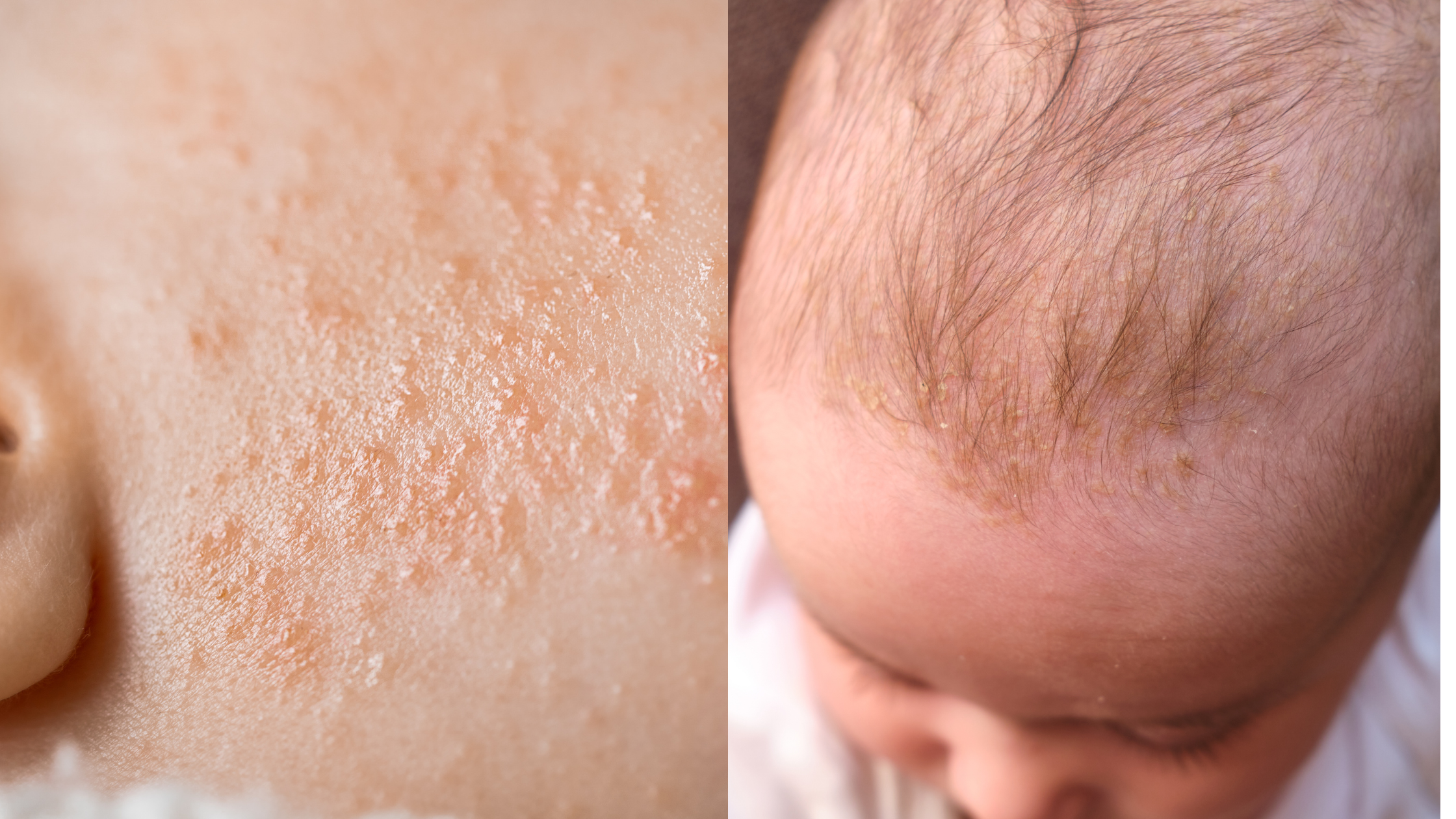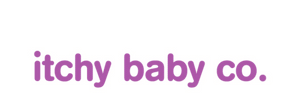What Are The Differences Between Eczema and Other Skin Rashes?
- by Lauran Morphett
-

What Are The Differences Between Eczema and Other Skin Rashes?
In the world of childhood skin, navigating through various rashes and conditions can be challenging, especially for our little ones who suffer from eczema. Eczema itself comes in diverse forms, like atopic dermatitis, contact dermatitis, and nummular eczema, each with unique signs and symptoms, making identifying skin issues even more complex.
Although conditions like eczema have no permanent cure, there's hope in managing them effectively. Incorporating bath soaks and specialised eczema moisturisers into your daily skincare routine can work wonders in soothing the discomfort of itchy, dry, and irritated skin.
Children with eczema often exhibit irritated, itchy, and reddened skin on different parts of their body. These flare-ups can occur anywhere, but the most common areas affected include the face, hands, and feet, as well as the inner elbows and behind the knees.
While eczema and other skin rashes might share some symptoms like skin inflammation, they are distinct in their own right. To provide you with a better understanding, let's delve into some common skin conditions and learn how they set themselves apart from eczema.
Differences Between Skin Rashes:
Psoriasis and Eczema
When it comes to skin conditions like psoriasis and eczema, it's natural to notice similarities in their appearance. Still, there are crucial distinctions that set them apart. Understanding these differences can be pivotal in providing the best care for your child's skin.
While psoriasis and eczema rashes display redness, scaliness, and dryness, their textures reveal a telling contrast. Psoriasis can manifest as thickened skin, often covered with white scales. The accompanying itchiness and scaliness can be intense, and the skin tends to remain dry before eventually flaking off.
Psoriasis tends to be triggered by factors like infection, skin injury, or medication side effects. It frequently appears on the back of your child's elbows and the fronts of their knees.
Eczema, on the other hand, has its triggers primarily rooted in the environment, such as dust, allergens, and weather changes. This condition is characterised by patches of irritation and dryness that often emerge on the inner arms and the backs of the knees.
Hives and Eczema
Hives can appear as pink or red itchy rashes resembling blotches or raised red lumps on the skin. Hives might even be mistaken for mosquito bites in their early stages due to their appearance.
These hives, also known as urticaria, can stem from various causes, including allergic reactions to foods, insects, exposure to sunlight, or even viral and bacterial infections. They can emerge anywhere on the body.
Most instances of hives are classified as acute, often fading away within a few hours or, in some cases, over a few days or weeks. Importantly, hives are not typically a result of allergies. Fortunately, they can be effectively managed with the help of antihistamines, providing relief from discomfort and itchiness.
Being well-informed about conditions like hives ensures you can address various skin concerns that may arise alongside eczema. As vigilant caregivers, it's our commitment to navigate these challenges with knowledge and care.
Cradle Cap and Eczema
Cradle cap, which frequently affects babies under three months old. This unique skin concern stems from dermatitis that triggers inflammation in the skin's oil glands.
This inflammation often manifests as thick, yellowish crusts on the baby's scalp. It's reassuring to know that cradle cap typically subsides by the time your baby reaches around three months of age. At this stage, the oil glands in their skin become less active until puberty.
If you observe signs of cradle cap persisting beyond the three-month mark, eczema may be at play, particularly if it's impacting the scalp. Take a look at our Natural Dry Scalp Oil, created specifically to target cradle cap and dry scalps.
Managing Your Child’s Rashes for Healthy, Hydrated Skin
A healthy skin barrier is important for managing most skin conditions and the best way to keep your child’s skin healthy is by adding moisture to the skin to help prevent dryness and itchiness which can also help to strengthen the skin’s barrier to prevent allergens and irritants inflaming the skin.
Always keep the skin as moisturised as possible by maintaining your child’s regular skin care routine. If your child has a rash and you are unsure what type of rash it is, see your doctor to ensure you have the right management plan.
This blog post was brought to you and your family with love from Julia and the itchy baby co. team x.
Disclaimer: Information provided is of a general nature only, and you should always consult your medical professional.

